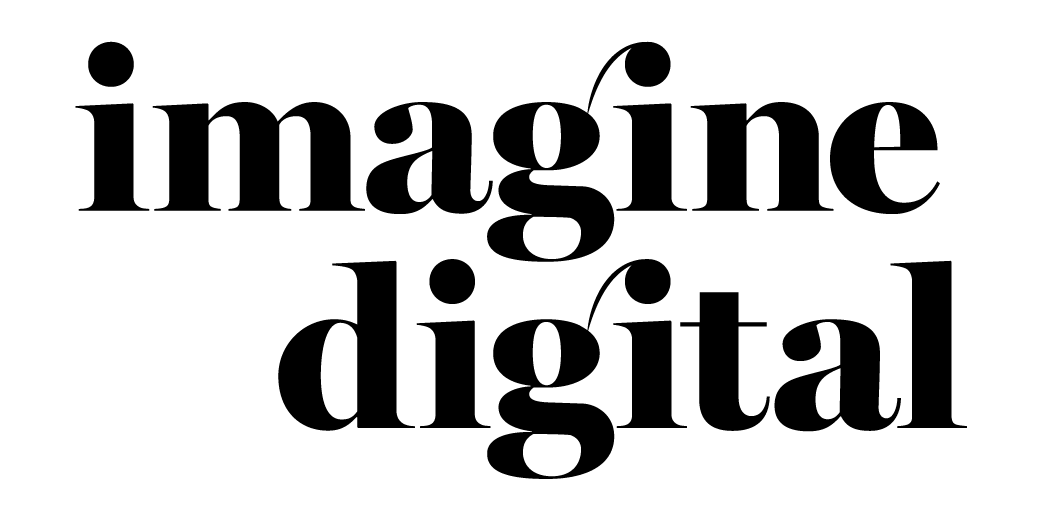Creativity is a license for commentary on social issues. Some of the brands we work with will be more radical than others. In every instance, we have to make sure we do our research, understand our audience, and open an intelligent dialogue. For every campaign, we should always consider a crisis management plan, just in case things go wrong. The internet is a sensitive place.
We ask these questions to develop our campaigns
1. Which social issues can we comment on?


2. Which everyday actions can we reimagine?
We do tons of things that we take for granted. Then when we see someone else describe those things, we think that they’re relatable. What if we reimagined taking a selfie, or walking on a treadmill, or opening the fridge door? The possibilities are endless.
3. Which social settings can we reimagine for the product?
Social settings can be both online or offline now. For example, what are the conversations that happen in the barbershop? What are are the conversations that happen in Fortnite? How can we understand and reimagine these settings to house our brand?


4. Which social values can the brand align with?
Social values are shared beliefs. What does the brand believe in? What does it love or hate? Based on this, what is the character that emerges? We can use this to create stories that motivate the settings for our ideas.
5. Which two words can we combine to create a new category?
An innovative father had a toddler who constantly demanded horsie rides. To accommodate these requests, the father came up with an invention: a saddle that he could wear. A saddle for a dad… the Daddle. You get the idea. How can we create our own Daddles?

These are the principles that guide our designs
Design Principle 1 of 10
Build digital services, not websites

Design Principle 2 of 10
Start with user needs

Design Principle 3 of 10
Understand context

Design Principle 4 of 10
Design with data

Design Principle 5 of 10
Do the hard work to make it simple

Design Principle 6 of 10
This is for everyone

Design Principle 7 of 10
Do less

Design Principle 8 of 10
Iterate. Then iterate again.

Design Principle 9 of 10
Make things open: it makes things better

Design Principle 10 of 10
Be consistent, not uniformed



